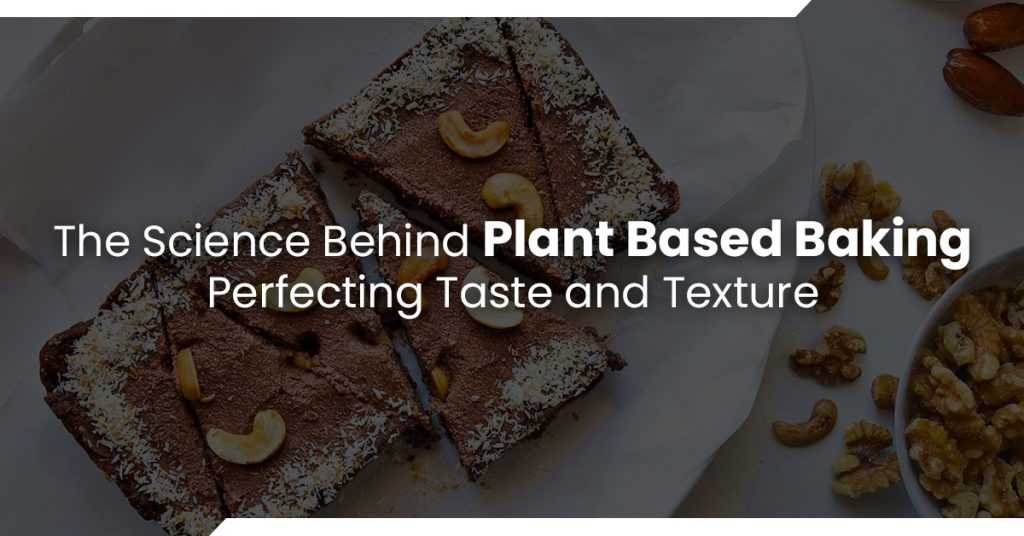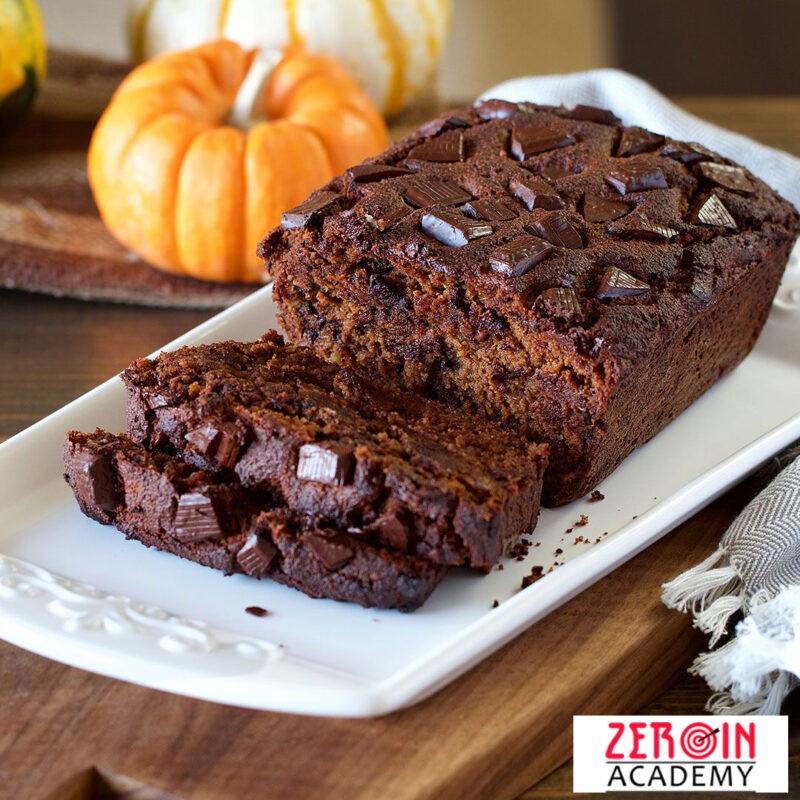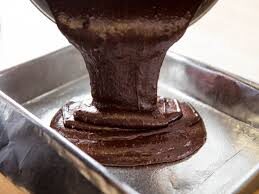
Plant-based baking is now part of everyday practice, not just a niche trend. What once belonged mainly to vegan kitchens has moved into mainstream cafés, restaurants, and bakeries. The challenge lies in replacing ingredients that do far more than add flavor. Take them away, and a recipe can easily fall flat or lose moisture. Success comes from knowing the science of how plant-based substitutes behave in heat, hydration, and structure. When approached right, they are capable of achieving the same results (or even better) in comparison to conventional baking. This article looks at that science in detail, a topic that is usually taught in professional Baking Classes in Chennai.
Why Plant-Based Baking Needs Science
Baking relies on science. The rise of a cake, the texture of bread, and the golden crust on a pastry are all the result of chemical reactions inside the oven. When eggs, butter, or milk are taken out, those reactions change completely. That is why plant-based baking must be guided by an understanding of what each ingredient contributes, not by simple substitutions.
Eggs hold mixtures together and trap air that expands with heat, creating lift. Butter shapes flakiness and adds richness, while also affecting aeration. Milk provides proteins for structure and natural sugars that caramelize, giving color and depth of flavor.
To achieve the same results without them, alternatives have to be chosen for how they behave under heat. Aquafaba can form foams, flaxseed gels bind mixtures, and coconut oil supplies fat, though each influences texture differently.
Understanding the Role of Key Ingredients
Baking is more than mixing ingredients; it is a controlled series of reactions that happen in the oven. When moving to plant-based recipes, the absence of eggs, butter, and milk means those reactions must be recreated with care. Substitutes work only when they fulfill the same function, not just when they look similar.
Eggs and Their Substitutes
Eggs are often called the architect of a recipe. They bind ingredients, give volume to cakes, and hold air in delicate batters. When taken out, the structure weakens. Flaxseed or chia gel can create a web that keeps mixtures together, while aquafaba — the liquid from cooked chickpeas — can be whipped into foams that mimic meringue. These solutions are especially useful in gluten free cake, where structure is already compromised.
Dairy Fats and Their Alternatives
Butter plays more than just a flavor role. It influences the manner in which dough is produced, the way a crumb can maintain its integrity, and even the texture of a pastry when biting into it. The way butter melts in layers creates flakiness in pie crusts, and its balance of water and fat influences how cakes stay moist. When butter is replaced, the choice of fat has to be deliberate. Coconut oil firms up quickly and is useful in crusts that need structure. Vegan butters are formulated to spread and soften like dairy, making them suitable for cookies. Nut butters bring density and a distinct flavor, which works well in brownies or muffins but would be too heavy for a sponge. Matching the fat to the style of bake is what ensures consistent results.
Milk and Plant-Based Liquids
In traditional baking, milk plays several roles. Its proteins reinforce structure, and its natural sugars promote browning and flavor as heat builds in the oven. Plant-based milks behave differently, which makes the choice important. Soy milk, with its higher protein, helps cakes and breads hold their shape. Oat milk contributes mild sweetness and keeps textures softer. Almond milk is lighter and produces a more delicate crumb. When working on gluten free cake, the selection becomes even more critical because the liquid directly influences whether the crumb stays tender or turns brittle.
Flavor Science in Plant-Based Baking
Flavor is where plant-based baking is often judged most critically. Butter gives depth and a rounded richness, while milk sugars brown in the oven and build layers of taste. Once those are removed, a recipe can fall flat unless flavor is rebuilt with care.
The solution is to build flavor in layers. Nuts and seeds bring their richness; almond or sesame paste can give body to a dough, while peanut butter works well in cookies. Cocoa and coffee add strength, and spices like cinnamon or cardamom keep flavors from feeling flat.
Fermented ingredients change things further. A sourdough starter or a cultured plant yogurt adds tang and sharpness. Even simple steps such as roasting oats before turning them into milk can lift the flavor noticeably.
The strongest plant-based recipes are the ones where flavor is planned deliberately, not left as an afterthought.
Practical Tips for Bakers
Plant-based baking works best when substitutes are chosen with purpose and handled with care. Small adjustments make the difference between a disappointing result and one that matches traditional baking.
Control moisture – Plant-based milks differ in thickness and sugar content. Thinner varieties may need extra fat or flour to keep the balance.
Temperature control – Fats such as coconut oil react differently to temperature changes. In warm kitchens, it melts too fast, which may damage doughs and layers of the pastry.
Substitute on a functional basis – Replace aquafaba where baking needs to be aerated, flaxseed gel when binding is desired, and fruit purees when the priority is moisture.
Take careful notes – Various brands of plant-based butter or milk may act differently. Recording of adjustments assists in consistency in subsequent batches.
Run in small quantities – It saves wastage, and there is quick correction before going into a large scale.
Through these vegan baking tips, bakers will feel comfortable tackling plant-based recipes without making a lot of trial-and-error.
Why Zeroin Academy is the Best Way to Learn Plant-Based Baking
By experimenting with plant based baking, it may take you hours to learn and figure out. Replacements are not quite foolproof, and a single error can spoil the entire product. We are directly addressing these problems at our Cake Baking Classes in Anna Nagar by integrating science and practice in guided instruction.
Recipes include eggless sponge cake, in which students learn how gels made of aquafaba or flaxseeds provide the lift and binding that eggs do. They also learn the methods required to balance fat and moisture in dairy-free cake so the crumb remains tender without the use of butter or milk.
It is not only about a recipe, classes focus on knowing why each ingredient is used. That understanding enables bakers to make changes comfortably, either to make an old-fashioned pastry or to come up with new plant-based recipes.
Conclusion
Baking with plant-based ingredients is no longer a laboratory process at the fringe of the industry. It has found its way to the professional kitchens and home bakeries and requires equal finesse as the conventional processes. The difficult part is to substitute eggs, butter, and milk, substances that provide lift, texture, and flavour. Success is achieved through the realization of the behavior of plant-based substitutes and their effective use.
Armed with that information, an eggless sponge can be as light as its traditional cuisine, and a dairy-free cake can be as tender as one made using butter and milk. To the baker, the science is not a stumbling block but a means to an end, that is, the gateway to creativity, consistency, and a different approach to old recipes.

